
New UNSW research shows the possibility of the iconic Australian platypus becoming extinct because of threats including climate change and human-related habitat loss. Credit: UNSW Science
New UNSW research calls for national action to minimize the risk of the platypus vanishing due to habitat destruction, dams, and weirs.
Australia’s devastating drought is having a critical impact on the iconic platypus, a globally unique mammal, with increasing reports of rivers drying up and platypuses becoming stranded.
Platypuses were once considered widespread across the eastern Australian mainland and Tasmania, although not a lot is known about their distribution or abundance because of the species’ secretive and nocturnal nature.
A new study led by UNSW Sydney’s Center for Ecosystem Science, funded through a UNSW-led Australian Research Council project and supported by the Taronga Conservation Society, has for the first time examined the risks of extinction for this intriguing animal.
Published in the international scientific journal Biological Conservation this month, the study examined the potentially devastating combination of threats to platypus populations, including water resource development, land clearing, climate change and increasingly severe periods of drought.
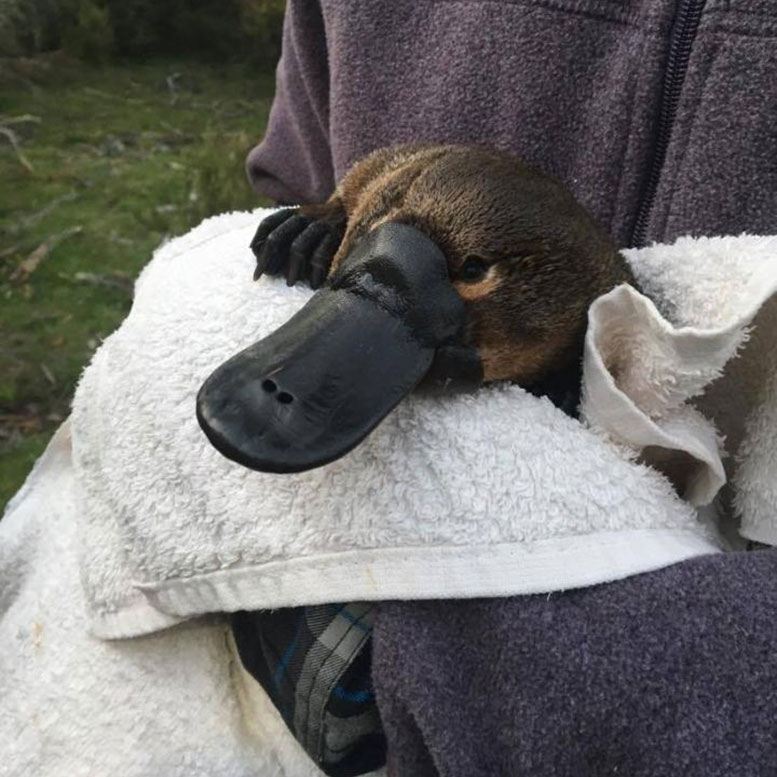
UNSW Sydney’s Center for Ecosystem Science leads new research into the extinction risk of the platypus. Credit: Tahnael Hawke
Lead author Dr. Gilad Bino, a researcher at the UNSW Center for Ecosystem Science, said action must be taken now to prevent the platypus from disappearing from our waterways.
“There is an urgent need for a national risk assessment for the platypus to assess its conservation status, evaluate risks and impacts, and prioritize management in order to minimize any risk of extinction,” Dr. Bino said.
Alarmingly, the study estimated that under current climate conditions and due to land clearing and fragmentation by dams, platypus numbers almost halved, leading to the extinction of local populations across about 40 percent of the species’ range, reflecting ongoing declines since European colonization.
Under predicted climate change, the losses forecast were far greater because of increases in extreme drought frequencies and duration, such as the current dry spell.
Dr. Bino added: “These dangers further expose the platypus to even worse local extinctions with no capacity to repopulate areas.”
Documented declines and local extinctions of the platypus show a species facing considerable risks, while the International Union for Conservation of Nature (IUCN) recently downgraded the platypus’ conservation status to “Near Threatened.”
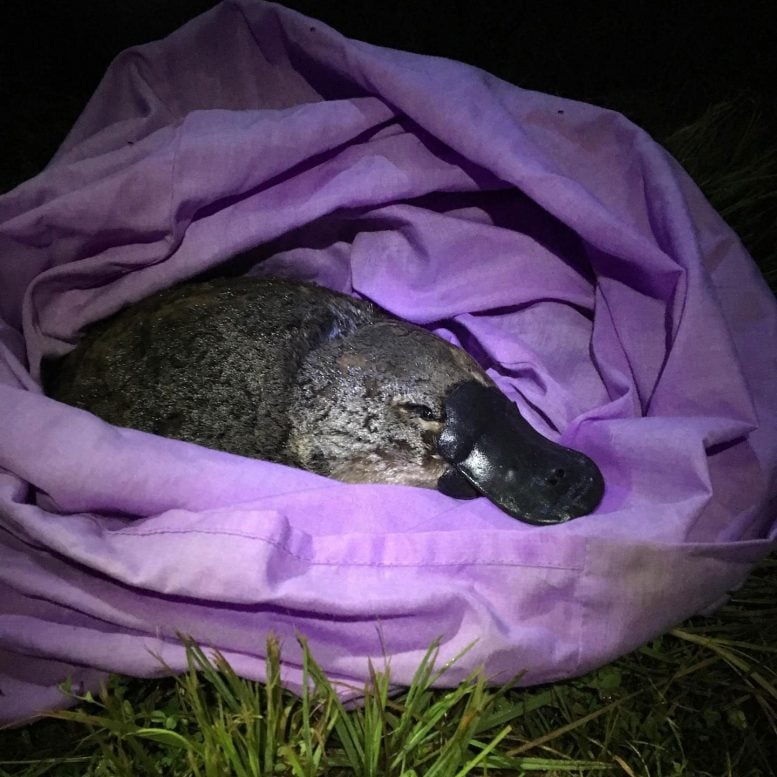
The UNSW-led project raises concerns about the decline of platypus populations. Credit: UNSW Science
But the platypus remains unlisted in most jurisdictions in Australia – except South Australia, where it is endangered.
Director of the UNSW Center for Ecosystem Science and study co-author Professor Richard Kingsford said it was unfortunate that platypuses lived in areas undergoing extensive human development that threatened their lives and long-term viability.
“These include dams that stop their movements, agriculture which can destroy their burrows, fishing gear and yabby traps which can drown them and invasive foxes which can kill them,” Prof Kingsford said.
Study co-author Professor Brendan Wintle at The University of Melbourne said it was important that preventative measures were taken now.
“Even for a presumed ‘safe’ species such as the platypus, mitigating or even stopping threats, such as new dams, is likely to be more effective than waiting for the risk of extinction to increase and possible failure,” Prof Wintle said.
“We should learn from the peril facing the koala to understand what happens when we ignore the warning signs.”
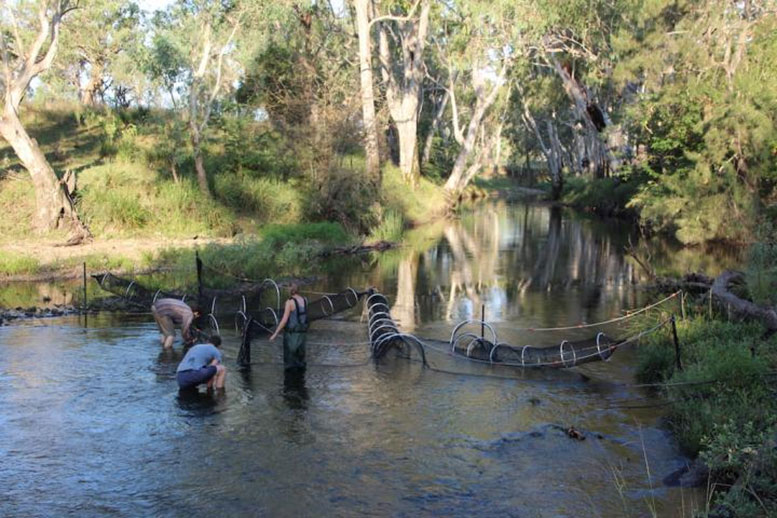
New UNSW research shows the possibility of the iconic Australian platypus becoming extinct because of threats including climate change and human-related habitat loss. Credit: UNSW Science
Dr. Bino said the researchers’ paper added to the increasing body of evidence which showed that the platypus, like many other native Australian species, was on the path to extinction.
“There is an urgent need to implement national conservation efforts for this unique mammal and other species by increasing monitoring, tracking trends, mitigating threats, and protecting and improving management of freshwater habitats,” Dr. Bino said.
The platypus research team is continuing to research the ecology and conservation of this enigmatic animal, collaborating with the Taronga Conservation Society, to ensure its future by providing information for effective policy and management.
Reference: “A stitch in time – Synergistic impacts to platypus metapopulation extinction risk” by Gilad Bino, Richard T. Kingsford and Brendan A. Wintle, 9 January 2020, Biological Conservation.
DOI: 10.1016/j.biocon.2019.108399

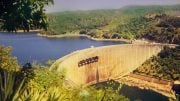



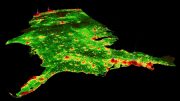


Be the first to comment on "Australian Researchers Fear Platypus on Brink of Extinction – Call for National Action"